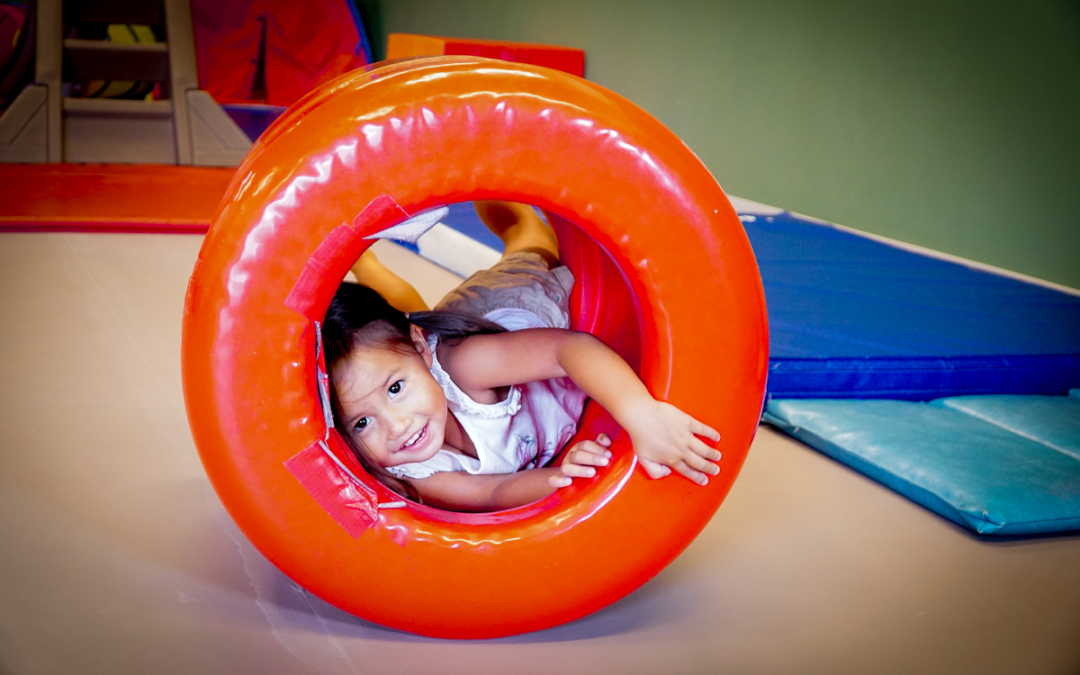SPD Modulation Disorders: Sensory Over-Responsivity
As I shared in a previous post, Dr. Lucy Miller has identified six sub-types of SPD under the umbrella term of sensory processing disorder. In the next few posts, I want to discuss in detail the definition of each sub-type, the red flags you might notice, and the associated behaviors you might be dealing with.
It’s important to keep in mind that a child (or adult) may have any combination of the sub-types, and each of the sub-types can affect any one or more of the 8 sensory systems. It’s largely true that no two experiences with SPD are the same!
The information contained in this post comes from the STAR Institute and Dr. Miller’s book Sensational Kids, and is readily available in more detail through those resources, if you’re interested in digging deeper.
Modulation Disorders
Modulation disorders are characterized by chronic and severe problems with turning sensory information into behaviors that match the nature and intensity of the message. Individuals with modulation disorders often have difficulty regulating responses to sensory stimuli.
Sensory Over-Responsivity (SOR)
- Sometimes referred to as “sensory defensiveness”
- Predisposition to respond too much, too soon, or for too long to sensory stimuli most people find quite tolerable
- Can occur in any one or more of the sensory systems and in combination with other SPD subtypes
- Most common sensory areas affected are tactile and auditory but all systems may be affected with different behavioral manifestations
Red Flags of SOR
Individuals who experience SOR are frequently bothered by:
- Textures (clothing, food, environment)
- Noise or sounds, especially when loud or unexpected
- Movement, such as swings or slides, hanging upside down
- Bright lights, sunshine
- Background noise, unable to concentrate
- Loud, unexpected sounds or noisy environments
- Smells, fragrances in surroundings
- Having hair, fingernails or toenails cut
- Substances on body (dirt on hands, crumbs on face, water on clothes)
Behaviors Associated with SOR
- Aggressive or impulsive when overwhelmed by sensory information
- Irritable, fussy, moody
- Unsociable, avoids group activities and has difficulty with forming relationships
- Excessively cautious and afraid to try new things
- Upset by transitions and unexpected changes
Children with SOR can appear to always be on “high alert” or display heightened anxiety in some situations or settings. It’s likely that this is caused by repeated exposure to sensory input that is uncomfortable or unsettling. For some, their behavioral response is to withdraw and seek out quiet spaces, or to avoid participation in daily activities such as socializing or community outings.
For others, the response might be to become loud and aggressive as a way to express their discomfort or over-whelmed feelings. Some children who experience SOR become very controlling and demanding so as to protect themselves from what they perceive as painful experiences (ie: being exposed to loud sounds or painful touch).
Children with SOR are most often helped by accommodations to reduce the intensity of the sensory experiences, such as by reducing sounds (through use of headphones or environmental modifications), and by empathetic responses from those around them, helping to validate their experiences and alleviate anxiety.
Some of my favorite resources for better understanding SOR include:
- Sensational Kids: Hope and Help for Children with Sensory Processing Disorders (SPD) By Lucy Jane Miller, PhD, OTR
- The Out of Sync Child By Carol Stock Kranowitz
- Too Loud, Too Tight, Too Fast, Too Bright: What to do if you are sensory defensive in a over-stimulating world By Sharon Heller, PhD
- The Ultimate Guide to Sensory Processing Disorder: Easy, Everyday Solutions to Sensory Challenges By Roya Ostovar, Ph.D.

